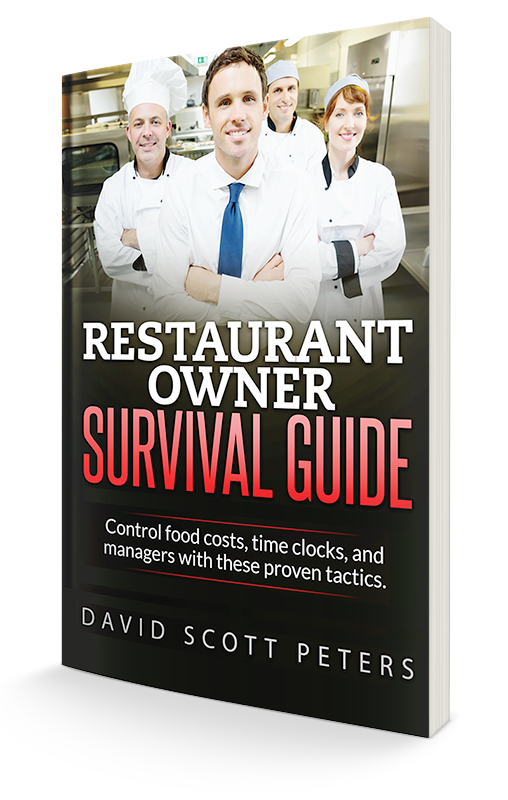Top 6 Restaurant Cash Handling Blunders You Must Stop
Each opportunity my team has to consult with you in your restaurant helps to make us better coaches. One of the things we’ve learned is that no matter what the restaurant owner says we need to address first, we have to review your restaurant cash handling procedures right away. Because if there are poor cash handling procedures in place, no other system we implement will matter.
I don’t care how efficient your restaurant is, if every penny of your sales isn’t deposited in the bank, there won’t be enough money to pay your bills. Cash controls must take top priority.
Here are some samples of classic cash handling errors we see in restaurants all the time:
1. Change in a glass or a drawer. This is a practice used to simplify the nightly deposit. It is used two different ways. First, it’s a time saver to avoid counting loose change. Second, it is used to make the nightly deposit balance exactly to what the point of sales system says the cash balance should be.
2. A week’s worth of unsecured checks in unlocked filing cabinet. We often see this when the general manager or the owner is the only one allowed to make a bank run, when there is not enough cash to deposit due to credit card purchases or because the owner or manager is just plain lazy.
3. A bin with a year’s worth of used non-voided paper gift certificates. While management was doing the right thing making sure all of the gift certificates used were accounted for on a nightly basis, they failed to write the word void on them and then saved them in an unsecured clear bin. Any employee could have stolen a small amount on a daily basis and reused them to keep cash sales.
4. Customer checks taped to the office wall. Many restaurants cater or hold banquets on premise. This means you will have customers leave a deposit check to guarantee the party will happen. This practice is meant to cover costs if they cancel. The challenge comes when the owner or manager doesn’t deposit the checks and tapes them to the wall, because you don’t know if payment is good. A dishonest employee could steal the checks or use the information to steal your customer’s identity and conduct check fraud.
5. Credit card numbers recorded in a book. In July 2010 a new law was enacted that makes it illegal to retain customers’ credit card numbers in anything other than a secure online record keeping system that meets the law’s requirements. Failing to follow the law’s requirements can result in fines as much as $5,000 for each credit card number kept.
6. Blank checks and forged checks to routinely pay for deliveries. It is a common practice that restaurant owners leave blank checks to pay for invoices, or they allow a key employee, who is not authorized to sign checks, to simply forge their signature to pay for invoices. This exposes you to a great deal of liability.
Again, it is your responsibility to make sure ALL of your money makes it into the bank on a daily basis. You must eliminate poor cash handling procedures, eliminate the majority of ways your cash can be stolen and avoid costly fines through proper systems.
Believe it or not, we teach systems for cash controls! It’s just one example of the complete top to bottom, front to back approach we take to giving you control of your restaurant. Learn more in our free report, Breaking Away from the Insanity: How to easily take control of your restaurant and make more money. Download it here.





